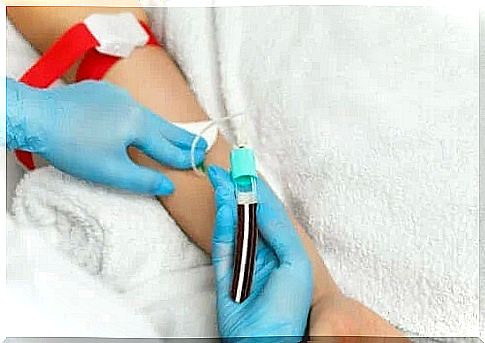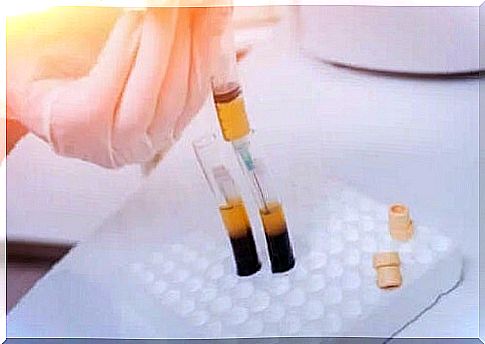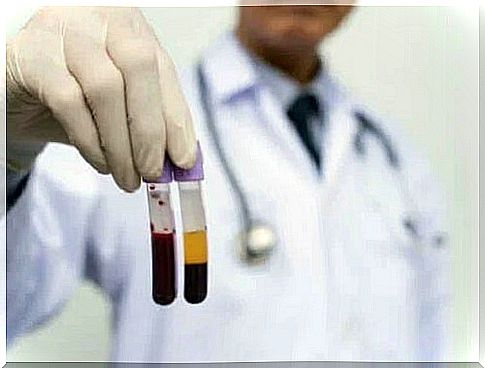What Are Plasma Transfusions?

Plasma transfusions have become very popular in recent years. What is plasma? It is a clear, slightly yellowish liquid that does not contain blood cells.
Plasma accounts for almost 55% of the total blood volume. The other side is made up of cells, such as red blood cells, white blood cells and platelets. In this liquid there are many proteins, such as albumin, which perform very important functions in the body.
Although many people do not realize it, plasma transfusions can treat many pathologies, such as bleeding or burns. In this article, we will explain what this procedure consists of and why it is so important to donate plasma.
What is blood plasma?

As already mentioned, plasma is the liquid part of the blood, which combines with blood cells (both red and white) and platelets. When the two parts are separated, the plasma looks like a transparent liquid.
Plasma is almost 90% water. The rest of its composition is a mixture of proteins and mineral salts that are essential for the body to function properly.
First of all, it contains immunoglobulins, which are part of the immune system that help us protect ourselves against infections. In addition, it also contains albumin, which is a molecule responsible for transporting certain substances in tissues.
It is also important to note that plasma also contains clotting factors. They help the blood to start clotting when there is a haemorrhage somewhere in the body.
How do plasma transfusions work?
Plasma transfusions are very simple procedures. First, there must be a donor. If you want to donate, it must be an altruistic and selfless act. The specialist will draw the blood from the donor, the process usually taking between 30 and 45 minutes.
After the blood is drawn, the blood cells are separated from the plasma. The specialist then preserves and stores the liquid. When it comes to plasma donations, the process is called plasmapheresis. It differs from blood donation in that the extracted cells are reintroduced and only plasma is retained. In addition, the recovery time is shorter and you can donate plasma every 15 days.
It is also important to remember that in order to make a plasma donation, the donor and the recipient must have the same blood type. In plasma, there are proteins that could cause the body to reject donated plasma.
In what situations are plasma transfusions beneficial?

There are many reasons why doctors perform a plasma transfusion. For example, when someone has suffered a burn or a serious accident, the plasma transfusion helps the blood to recover.
In addition, because plasma contains clotting factors, this technique makes it possible to stop bleeding faster. In fact, plasma is especially useful in people suffering from diseases such as hemophilia, caused by the lack of any of these clotting factors.
Also, the transfusion of plasma is used in liver transplantation. Techniques have been developed in which, instead of introducing all the plasma, only the molecules the patient needs are used. These molecules are called blood products.
For example, in case of hemophilia, the patient can only receive the coagulation factor he needs. Although plasma transfusion is a safe technique, it has more disadvantages than regular blood transfusions.
What we need to keep in mind is that plasma transfusions are simple procedures that can save many lives. Therefore, it is important to be aware that by making a simple donation, we can help many people.









